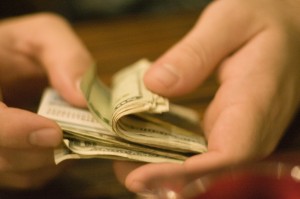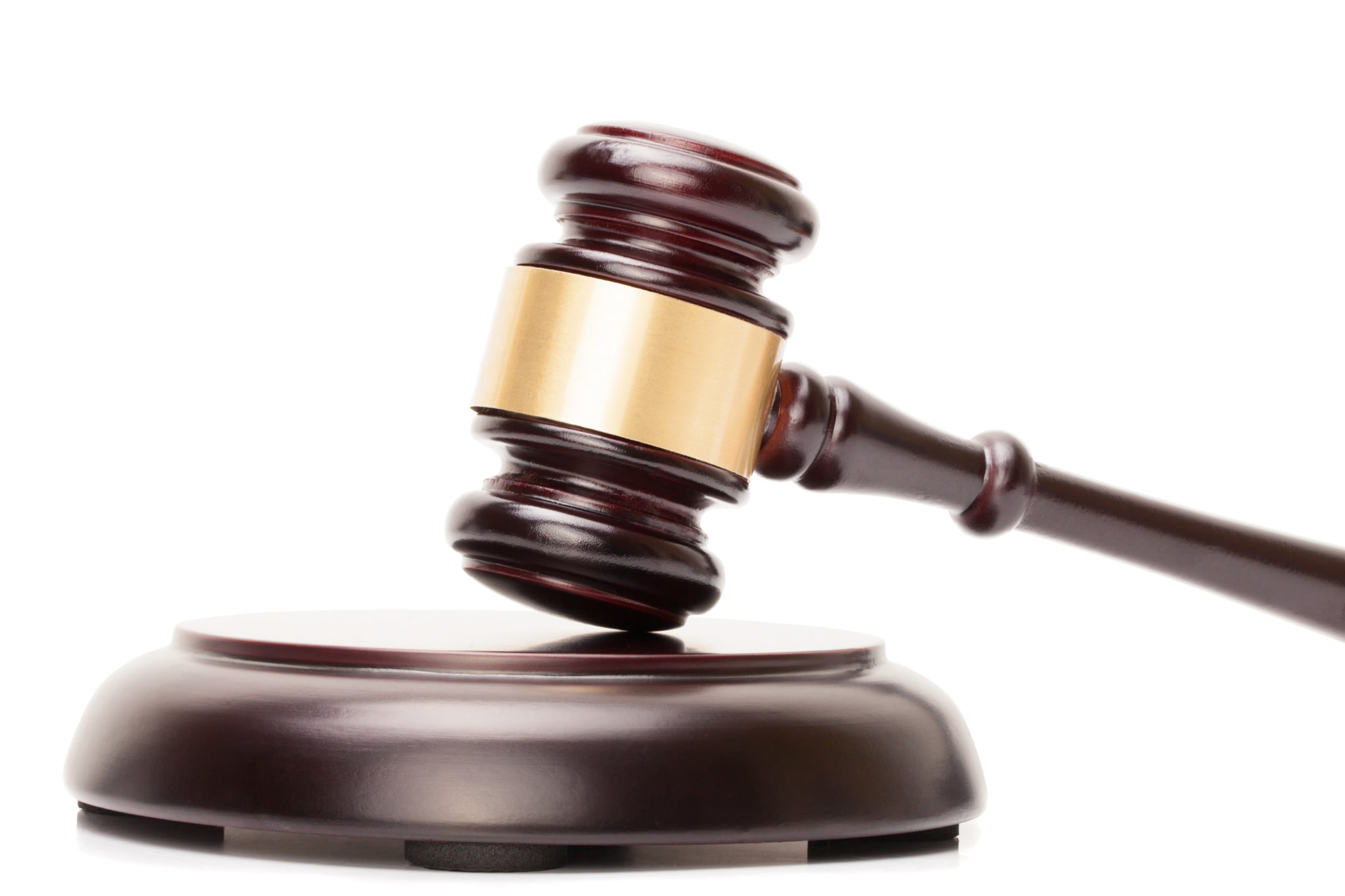 Chapter 13 bankruptcy has a lot of powerful tools and advantages over a chapter 7 bankruptcy. It also has a few disadvantages – the main one being that you have to pay a monthly payment based upon a plan that you submit to the bankruptcy court. When meeting with clients one of the first concerns about the chapter 13 bankruptcy is how much the monthly plan payment will be. It is difficult to say how much it will be exactly without running all of the numbers, but there are five factors that influence how much your monthly plan payment will be and by reviewing these you can get a good idea of what you will be paying your creditors on a monthly basis.
Chapter 13 bankruptcy has a lot of powerful tools and advantages over a chapter 7 bankruptcy. It also has a few disadvantages – the main one being that you have to pay a monthly payment based upon a plan that you submit to the bankruptcy court. When meeting with clients one of the first concerns about the chapter 13 bankruptcy is how much the monthly plan payment will be. It is difficult to say how much it will be exactly without running all of the numbers, but there are five factors that influence how much your monthly plan payment will be and by reviewing these you can get a good idea of what you will be paying your creditors on a monthly basis.
#1 – Missed Payments
Many people file chapter 13 solely because of the opportunity it provides to get caught up on missed house payments or car payments. If you are several months behind on your house payment and want to avoid foreclosure, a chapter 13 bankruptcy will allow you to get caught up on those payments over the next 3 to 5 years. For example, let’s say your house payment is $1,000 per month and you are six months behind. You currently owe $6,000 in back payments.
The chapter 13 bankruptcy will allow you to pay that $6,000 back over the next 60 months. So if this were your scenario we know from the get-go that your monthly plan payment will be at least $100 ($6,000 divided by 60 months).
But our calculations don’t stop there…
#2 – Priority Debts
Not all debt is created equal. Certain debts have achieved priority status in the bankruptcy world due to who the money is owed to. The most common prior debts in bankruptcy are back taxes owed to a state or the IRS and child/spousal support. These debts must be paid in full during your chapter 13 case.
So, if you owed the IRS $1,500 it would need to be paid over the 60 months of your case. $1,500 divided by 60 months = $25 per month.
Now we know that our monthly plan payment will be at least $100 (missed house payments) + $25 (taxes), or $125 per month. But again, we can’t stop there…
#3 – Non-Exempt Assets
One of the reasons some people choose chapter 13 over a chapter 7 bankruptcy is because in a chapter 13 your generally are allowed to retain possession of your assets. Basically you can keep your stuff. But there is a price to be paid. The trade off is that while the bankruptcy trustee won’t come pick up that shiny new ATV at your house, they will require you to pay the value of it through your bankruptcy case. If you have assets that you own free and clear of any liens or payments, and the asset is not protected under one of the exemption laws of your state, you are going to be required to pay the value of the asset over the next 60 months.
Here is how it works. Let’s say your pride and joy, your Yamaha Banshee ATV, which you have had for years and is completely paid for, is worth $2,000. You will be required to pay the value of that ATV over the next 60 months. So $2,000 divided by 60 months = $33.33 per month. You would need to do this for each non-exempt asset you own.
The monthly plan payment now looks like this, $100 (missed house payments) + $25 (taxes) + $33.33 (ATV) = $158.33
#4 – Disposable Income
In addition to the first three steps, you are required to pay over all of your disposable income to your creditors over the next five years. In its most basic form disposable income is calculated by looking at your monthly income, subtracting your monthly living expenses, and looking to see if there is any money left over. Whether the amount left over is $5 or $5,000, you will be required to turn it over to the bankruptcy trustee who will in turn pay it out to your creditors.
Note that not all expenses are allowed and there are limits to what your monthly expenses. You can’t, for example, come to the court and say that you need $1,000 per month to support your ATV hobby. But if you look to your monthly income and expenses it will at least give you a good idea of what you will be required to pay.
So, if your monthly disposable income is $250, we know your plan payment will be at least $250.
#5 – Administrative Expenses
Many bankruptcy attorneys, myself included, do not require that clients pay the full chapter 13 legal fees prior to filing. Some may require very little upfront but will need to be paid the balance over the life of your plan. For instance if your bankruptcy lawyer charges $4,500 for a chapter 13 case, and you paid $2,000 prior to the filing of your case, you will be paying the balance of $2,500 through the plan. This would add $41.67 per month to your plan payment ($2,500 divided by 60 months).
Further, the bankruptcy trustee that is assigned to your case is paid by you. In Arizona the chapter 13 trustee takes anywhere from 4% up to 10% of the total amount you pay into your case. So if you will be paying $25,000 into your plan over the five years, the trustee would take another $2,500 (10%) or $41.67 per month.
Where does this leave us? With all of the above taken into account, your monthly plan payment would be anywhere from $333.34 per month up to $491.70. Why the range? Because there is something called Form 22C. You may be required to pay your disposable income (see the $250 above) to your unsecured creditors, and then pay everything else. I know that part is confusing, and that is why I said at the beginning it is difficult to tell anyone exactly what their plan payment will be without running all of the calculations for each individual case.
But the above will give you an idea of what your monthly plan payment will be and whether you think you will be able to swing a chapter 13 bankruptcy case. If you are thinking about chapter 13 I would recommend meeting with a bankruptcy attorney. Chapter 13 cases can be complex and in fact very few chapter 13 cases where an attorney is not involved are successful.
LEARN HOW TO REPRESENT YOURSELF IF YOU ARE BEING SUED BY A DEBT COLLECTOR

Learn How to draft an Answer in a Debt Collection Lawsuit
(including template/form)

Learn How to Draft a Response to a Motion for Summary Judgment
(including form/template)

Proven Strategies for Settling Debt Without Filing for Bankruptcy

Learn How to Vacate a Default Judgment
(including form/template)
Schedule a Free Consultation!
 John Skiba, Esq.
John Skiba, Esq.
We offer a free consultation to discuss your debt problem and help you put together a game plan to eliminate your debt once and for all. Give us a call at (480) 420-4028
